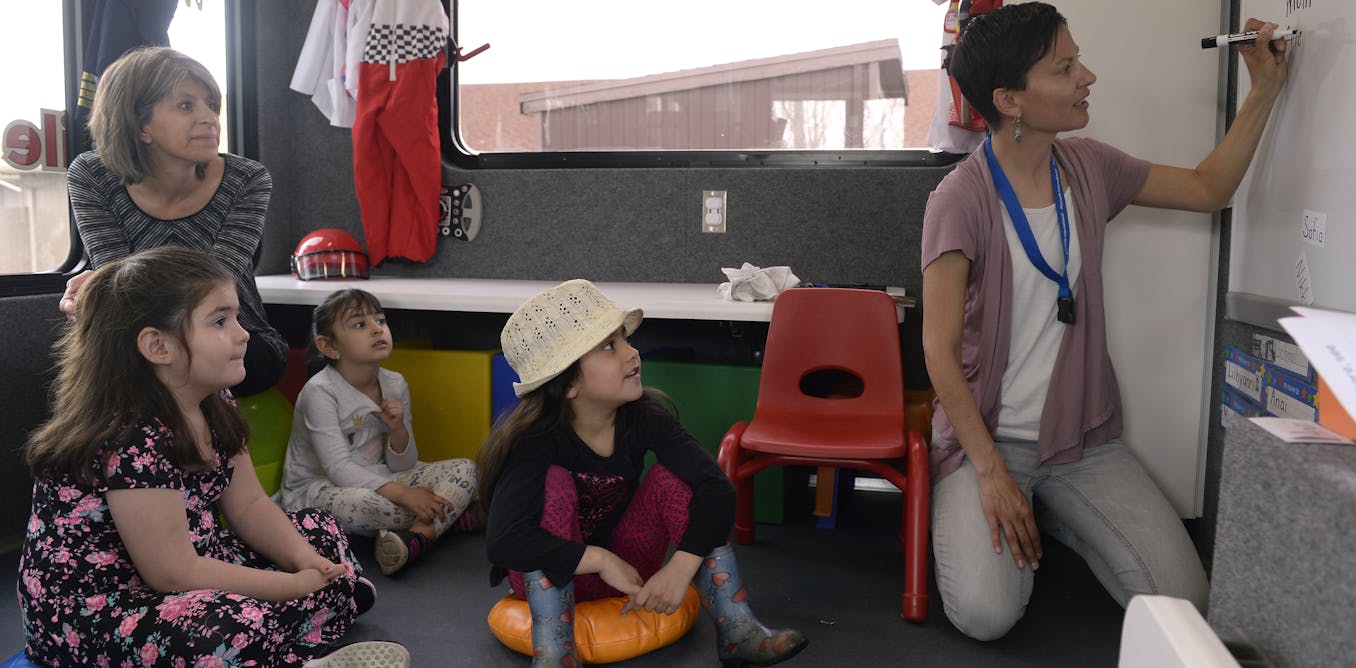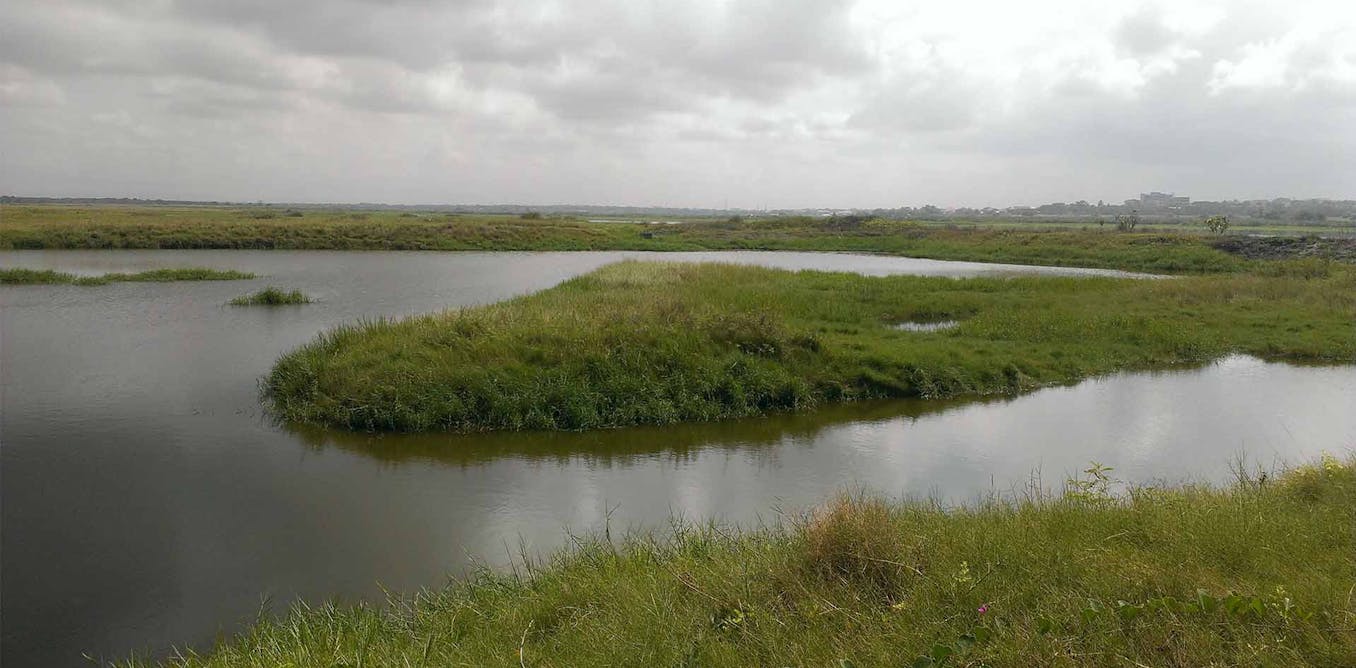Three data center hubs in France and the United States will get outfitted with experimental methods to make them more flexible and adaptive to the needs of their local power grids, IEEE Spectrum has learned.
The selected hubs will serve as test beds for solutions to the rising electricity demands of AI, which are expected to double in the next five years to reach around 3 percent of total global electricity consumption. The projections have sparked concerns about adequately meeting data center electricity demand without sacrificing reliability for everyone else, and prompted a global effort to innovate around the problem.
The experimental hubs stem from a pioneering collaboration, called the DCFlex Initiative, composed of grid operators, utilities, and Big Tech companies including Google, Oracle, Nvidia, Meta and Microsoft. The group, spearheaded by theElectric Power Research Institute (EPRI) in Palo Alto, California, announced the locations for their first three sites today, and expects to announce up to seven more sites this year.
“This is like the first cohort,” says Anuja Ratnayake, EPRI’s emerging technologies executive. “These three are a happy marriage between what was available from our members to participate and some of the use cases that needed the longest testing periods.”
AI Workload Choreography
The selected hubs, which are operational, grid-connected data centers, will each test a different aspect of flexibility. In Lenoir, NC, Google will work directly with the local utility, Duke Energy, to schedule and shift the computing workload of the data center to accommodate the grid’s needs.
Called workload choreography, this approach involves a data center offloading its computing tasks to other facilities or pushing those tasks to a different timeframe to reduce the overall load on the grid at a given time. The strategy tends to be viable only for hyperscalers like Google that use data centers for AI training and operate on a schedule, Ratnayake says.
Unlike AI training, enterprise and cloud services that provide for streaming and online banking can’t typically shift their loads across time and geography because those services fulfill requests in real time for a person on the other end of the screen, Ratnayake says. “If it is banking services or credit card services, there is very little flexibility, because that’s something that has to process transactions at a very high number in a very short window,” she says.
That’s where the other two sites come in. At a second site, two data center workloads in Phoenix offer a mix of AI training and cloud services from Oracle and Nvidia. A third-party solutions provider, Emerald AI, will coordinate the choreography with local utilities, including Salt River Project.
Earlier this year, the Phoenix site simulated a peak event, where energy demand on the grid is high, to test whether the data centers could respond by reducing their workloads. That test was successful, with the…
Read full article: Big Tech Tests Data Center Flexibility for Local Power Grids

The post “Big Tech Tests Data Center Flexibility for Local Power Grids” by Julia Tilton was published on 06/12/2025 by spectrum.ieee.org






































Leave a Reply